 By: Renata Herrerías and José Luis Limón
By: Renata Herrerías and José Luis Limón
Mexican enterprises make a Samson-like effort to get off the ground, expand and sometimes just stay afloat in today’s complex, highly competitive and constantly changing economic environment. The risks of failure are high and, unfortunately, ever present. Offsetting them requires ongoing investment in material resources and human capital, plus readily available and adequate sources of financing.
According to the pecking order theory, management will first turn to internal sources of financing to cover the company’s operational and expansion requirements, calling on external sources only when the former run dry. Of these external sources of financing, the option that implies the lowest risk, such as debt instruments, is favored, leaving equity financing as a last resort.

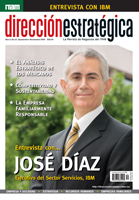
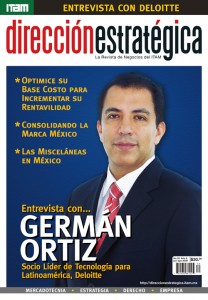

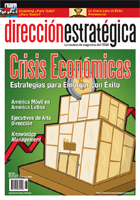



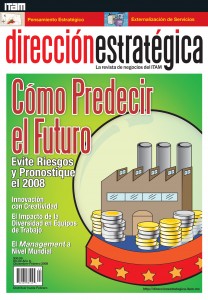

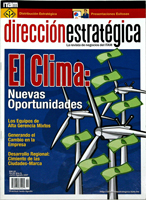

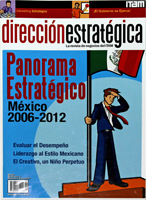
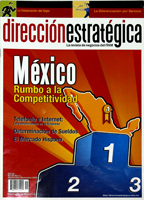
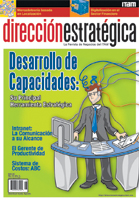
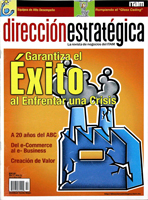
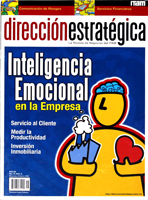
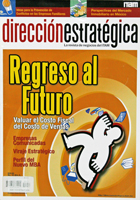
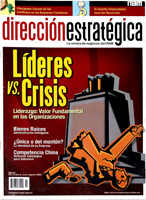



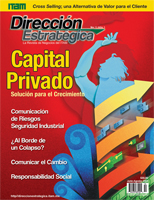
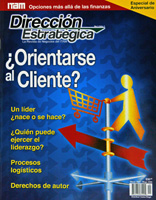

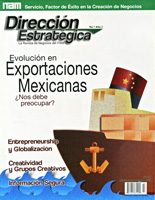



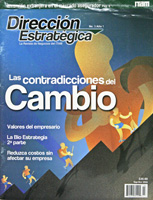
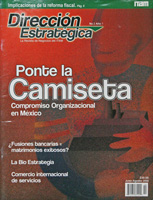

More Debt, More Capital, Less of One and More of the Other…
By: María Fernanda Gómez
Considerations for strategic management of the capital structure, survival and profitability of companies.
“Borrowing has been the answer to all economic troubles in the past 25 years. Now the debt itself has become the problem.”
Philip Coggan, The Economist
The recent financial crisis made manifest the financial vulnerability of big companies that if compared with most could be considered to be successful. This was the case of corporations such as Cemex, Vitro or Comercial Mexicana. A bad cash flow forecast, excessive debt in the balance sheet and a wish to make transactions more sophisticated and obtain short term gains with derivatives, caused several of them to restructure their debts in a struggle for survival; others, perhaps smaller, disappeared.
In difficult times, companies need to have a margin to maneuver that allows them to benefit from opportunities. Therefore an appropriate capital structure planning and their liquidity management become valuable; more than valuable, they are essential and unwaiverable. An appropriate capital structure allows them to benefit from new opportunities generated by volatile conditions, while liquidity management allows them to meet fixed costs and survive, even if those opportunities do not happen.
Today, companies should be attentive and adjust their capital structure to changing market conditions and Companies should balance their financial opportunities with strategic planning. Under all conditions, the Chief Financial Officer (CFO) should answer two critical questions. The first is: this is the right time to pay dividends or is it advisable to reinvest? And the second: how should these profitable projects be financed, with debt or with capital?
It is then evident that a key factor in the decision to invest vs. paying dividends is the existence of profitable projects. A basic principle to generate value in the organization is to return cash to the stockholders as payment of dividends or buy back the shares when the company does not have the opportunity to make profitable investments.
Regarding financing decisions, if the Company is efficient and effective in obtaining resources, it may have a significant competitive advantage that will help it grow at a good pace. The financing decision is related to a key concept in finances: capital structure.
.
What is Capital Structure?
Capital structure refers to the different funding sources that a Company may use; it is the capital and debt mix that funds the assets and investment projects.
What should be this mix objective of the Financial Department? Maybe take the cheapest financial tool. However, the nature of each source, the objective pursued in obtaining the financing, the sector in which the Company operates and the economic conditions affect the availability of resources and their cost. Another objective could be to have a zero debt balance, but benefits such as the possibility to deduct interest payments or the discipline it presents would be lost.
Does it make any difference to More of One than to the Other?
More than 50 years ago, Merton Miller and Franco Modigliani (M&M), pioneers in the capital structure study proved that in perfect capital markets the use of any financing source did not affect the value of the company and therefore, the companies’ risk was not altered. Their results generated a controversy and ever since several researchers and practitioners have studied their impact on companies.
We know today that the capital structure decision affects the value of companies by their impact in cash flow and capital cost, and in periods of crisis, the companies’ mix may exacerbate the possibility of bankruptcy. Then, what elements do we have to consider to make good decisions?
Facts to be Considered When Defining the Capital Structure
When you making this decision, the CFO shall assess five elements:
1. Financial flexibility allows companies to face short term contingencies in the short term under various economic and financial conditions, and also to benefit from non visualized opportunities. The flexibility companies decide to maintain will depend upon factors such as market stability, the entrepreneurial and competitive environment, the possibility to invest in new projects, the relevance of technology and regulatory changes. In addition, it helps obtain credits under favorable conditions.
However, CFOs should be aware of the disadvantage of being too flexible. For example, one can obtain a lax cost policy and increase the probability of investing in projects that may generate a lower return than the cost of opportunity because it will not be bound to make interest payments.
2. Weighted Average Cost of Capital (CPPC, as per initials in Spanish): when companies choose their financing sources, they will have to pay the cost of the debt and / or offer profits to the stockholders on their stock. The weighted average cost of capital is the sum of the financing cost of each weighted source based on its contribution to the total capital of the companies. This weight is based on the debt and capital market value.
The CPPC is one of the most important elements when determining the financial soundness of companies. It gives management the minimum rate companies should obtain on their assets to satisfy capital suppliers so that they do not look for alternative investments. For example: According to Bloomberg data as of December 2009 América Móvil reported a 17.31 per cent return on assets a 28.67 per cent return on capital higher than the 11.60 per cent weighted average cost of capital. However, during the same period Cemex reported a 0.23 per cent return on its assets, a 0.70 per cent return on capital and a 13.40 per cent capital weighted average cost. Today, América Móvil is an attractive company for investors and it operates without problems, while Cemex has had to restructure its debts to finance this situation.
The following figure shows the relationship between the weighted average cost of capital, the value of companies and their leverage.
Figure 1. Capital weighted average cost and stock value.
3. Debt: although excessive debt may be harmful for companies, there are two significant benefits that make it attractive:
Without adequate planning, there may be harmful effects that generate capital cost increases. Some of them are:
4. Control: due to control issues, companies may decide to amend their capital structure. The stockholders, through their voting right, have rights on the decisions made by the companies. If they are not willing to give up control, the Company’s capital level will tend to be stable, the leverage level high and a risk of losing the financial flexibility.
5. Maturity of companies: the previous elements are to be decided by Company managers and / or stockholders through the financial direction, which is exogenous and establishes that based on the state, within the life cycle of the Company, it will be easy for it to access different sources. The following table shows some characteristics depending upon the growth stage and the financing sources that will determine its capital structure:
Table 1. Company cycle and financing.
In closing, mature companies with cash flow stability and limited investment opportunities may incorporate more debt to their capital structure. Instead due to the high growth rates and the cyclic nature highly uncertain companies should try to maintain lower debt levels and their flexibility and benefit from their investment opportunities or instead, face negative effects.
Final Comments
References
Damodaran, Aswarth. (2006). Applied Corporate Finance: A User´s Manual. Hoboken, NI: Wiley.
Israel, Ronen. (1991). “Capital Structure and the Market for Corporate Control: The defensive Role of Debt Financing”. Journal of Finance 46, 1391-1409.
Graham, John and Harvey Campell. (Spring 2002) “How do CFO´s Make Capital Budgeting and Capital Structure Decisions?” Journal of Applied Corporate Finance, 8-23.
(leer más…)